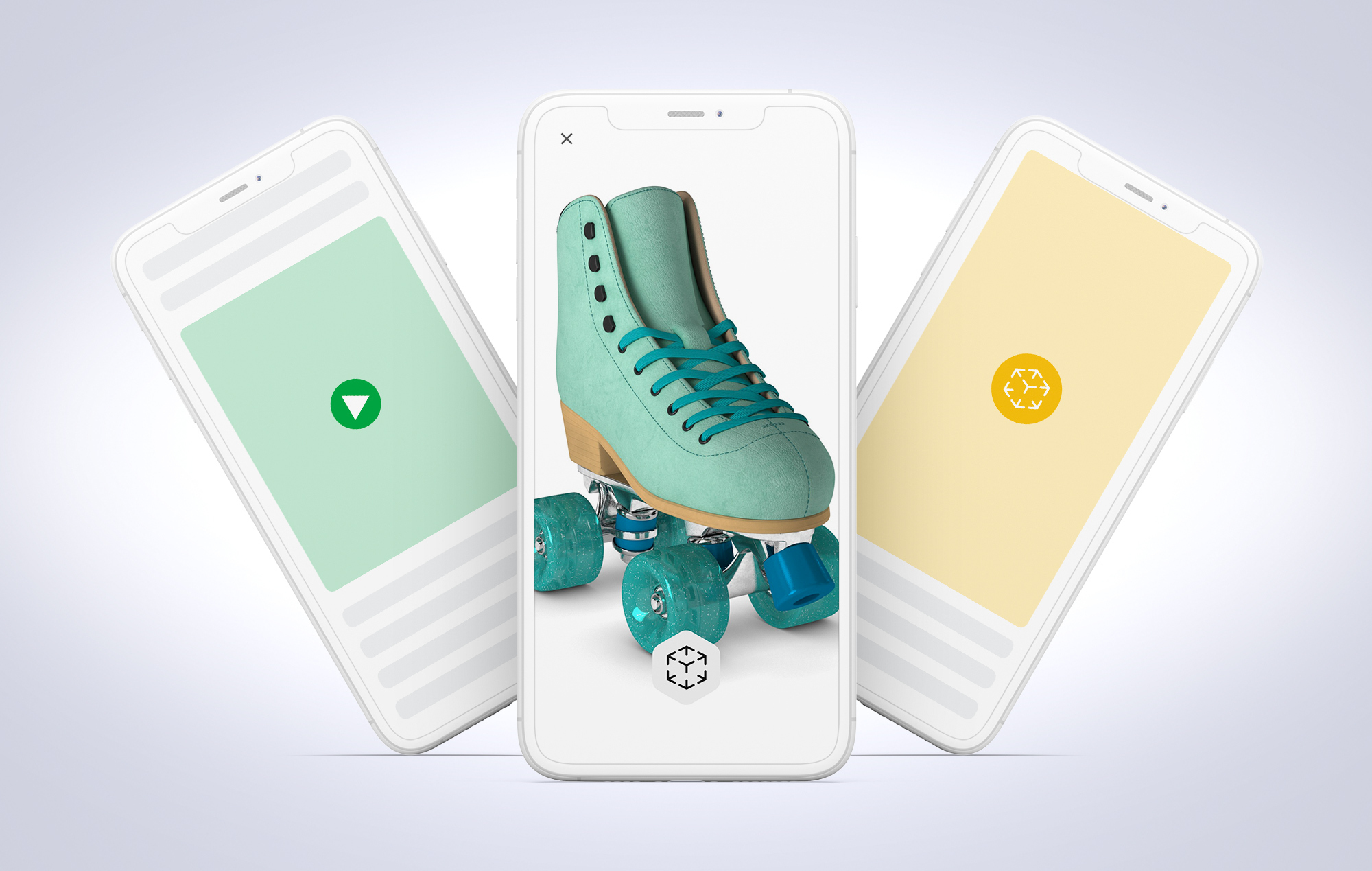How are 3D ads created? Creating 3D ads involves several steps and technologies to achieve realistic and engaging visual effects. Here’s a general overview of the process: 1. Conceptualization and
3D modeling is the process of creating a three-dimensional representation of an object or a surface using specialized software. This digital representation, known as a 3D model, can be used in various industries such as animation, gaming, architecture, engineering, and product design. Here’s an overview of the key aspects of 3D modeling:
3D modeling is a versatile and powerful tool that has revolutionized various industries by enabling the creation of detailed and realistic digital representations of objects and environments.


How are 3D ads created? Creating 3D ads involves several steps and technologies to achieve realistic and engaging visual effects. Here’s a general overview of the process: 1. Conceptualization and